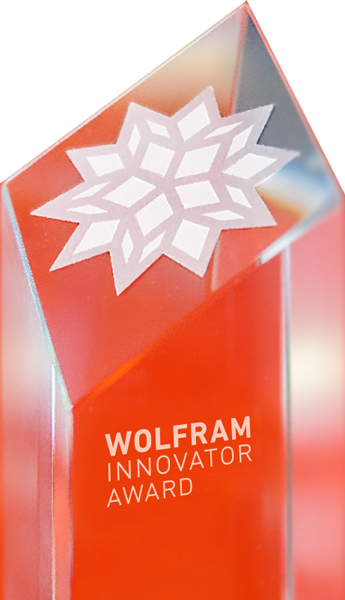Harry Westfahl Jr.
CNPEM - Brazilian Center for Research in Energy and Materials
Areas: Advanced Synchrotron Instrumentation, Condensed Matter Physics
Harry Westfahl is the director of the Brazilian Synchrotron Light Laboratory (LNLS) at the Brazilian Center for Research in Energy and Materials (CNPEM), a position he has held since 2020. He earned his PhD in physics from the State University of Campinas (UNICAMP), Brazil, where he completed his undergraduate studies.
After postdoctoral research at the University of Illinois at Urbana-Champaign and the Ames Laboratory of the US Department of Energy, he joined LNLS as a researcher in 2001. Harry has held several leadership roles at LNLS, including Scientific Director (2013–2019) and Deputy Scientific Director (2011–2012). Since 2013, he has led the design and construction of the beamlines for Sirius, Brazil’s fourth-generation synchrotron light source. His research interests are focused on condensed matter physics and the development of advanced synchrotron instrumentation, contributing to advancements in beamline optics, detectors and experimental techniques.

